The Parts of a Triangle
Important Questions on The Parts of a Triangle
Measure the internal angles of the triangle given below with the help of your protractor and write them in the given table. Find the sum of the angles that you have measured for the triangle.
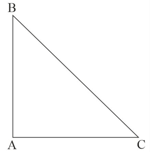
| Triangle | The sum of all angles |
|||
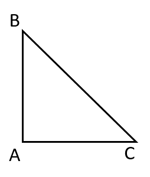 |
Measure the internal angles of the triangle given below with the help of your protractor and write them in the given table. Find the sum of the angles that you have measured for the triangle.
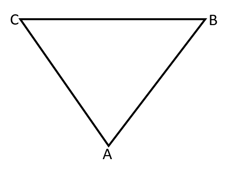
| Triangle | The sum of all angles |
|||
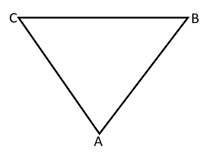 |
Measure the internal angles of the triangle given below with the help of your protractor and write them in the given table. Find the sum of the angles that you have measured for the triangle.
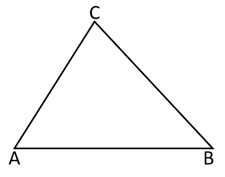
| Triangle | The sum of all angles |
|||
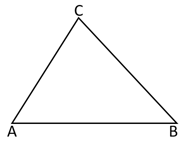 |
Julie has made the following statement. Identify whether it is true or false.
When one angle of a triangle is obtuse, then the triangle is known as an obtuse-angled triangle.
Julie has made the following statement. Identify whether it is true or false. If false statement, then correct them.
A triangle has arms, vertices and internal angles.
Julie has made the following statement. Identify whether it is true or false. If false statement, then correct them.
One arm or side of a triangle cannot be smaller than the sum of the other two arm lengths or sides.
Measure the internal angles of the triangle given below with the help of your protractor and write them in the given table. Find the sum of the angles that you have measured for the triangle.
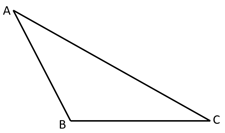
| Triangle | The sum of the angles |
|||
 |
For the triangle given below, write the names of the vertices, arms and the angles.
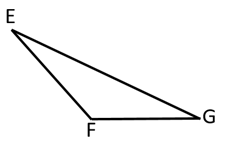
For the triangle given below, write the names of the vertices, arms and the angles.
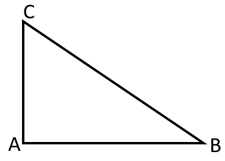
For the triangle given below, write the names of the vertices, arms and the angles.
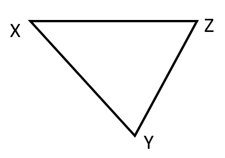
For the triangle given below, write the names of the vertices, arms and the angles.
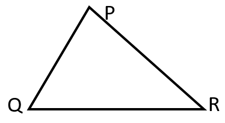
The figures below are made up of arms but all of them are not triangles. Why do you think some of them are not triangles?
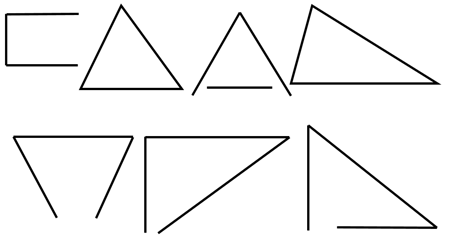
Find out the triangular shapes in the figures given below.
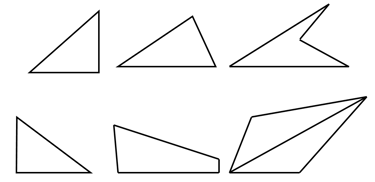
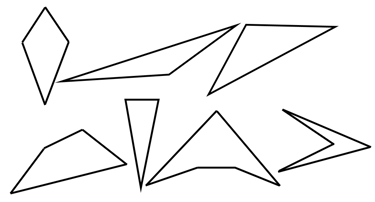
Have you noticed any triangular shapes around yourself? Write down where have you seen them?
Let us observe some shapes like the set-square in the compass box, a folded corner of your notebook or the figure obtained by joining the points in the figure below with the help of line segments. What is the similarity in these figures?
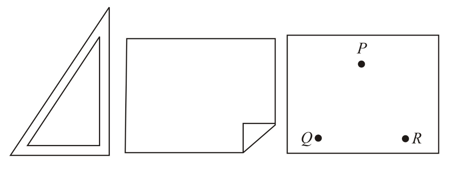
Julie has made the following statement. Identify whether it is true or false. If false statement, then correct them.
A triangle can have two angles of .
Julie has made the following statement. Identify whether it is true or false. If false statement, then correct them.
The length of one arm of a triangle is equal to the sum of the other two arm-lengths.

